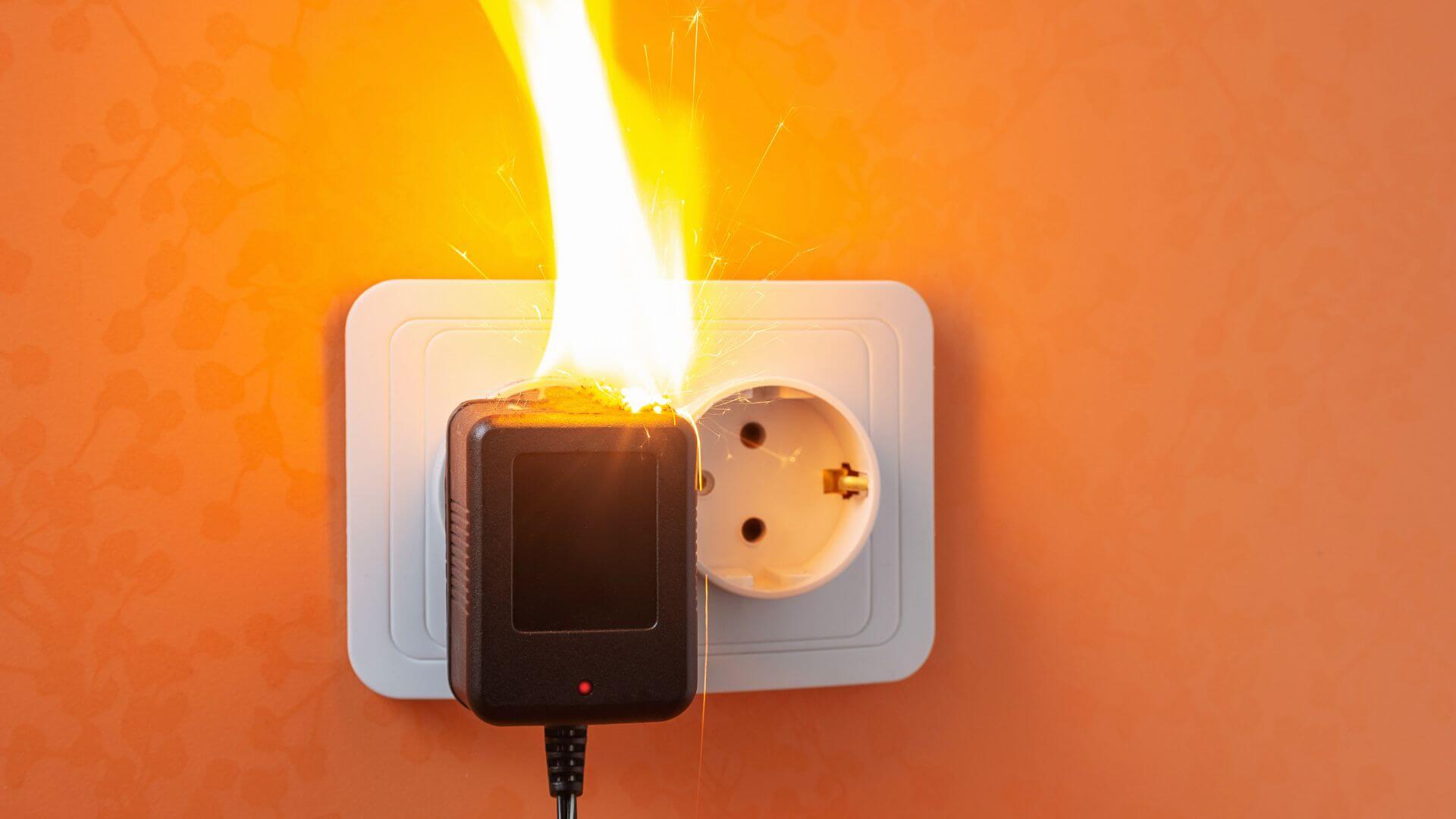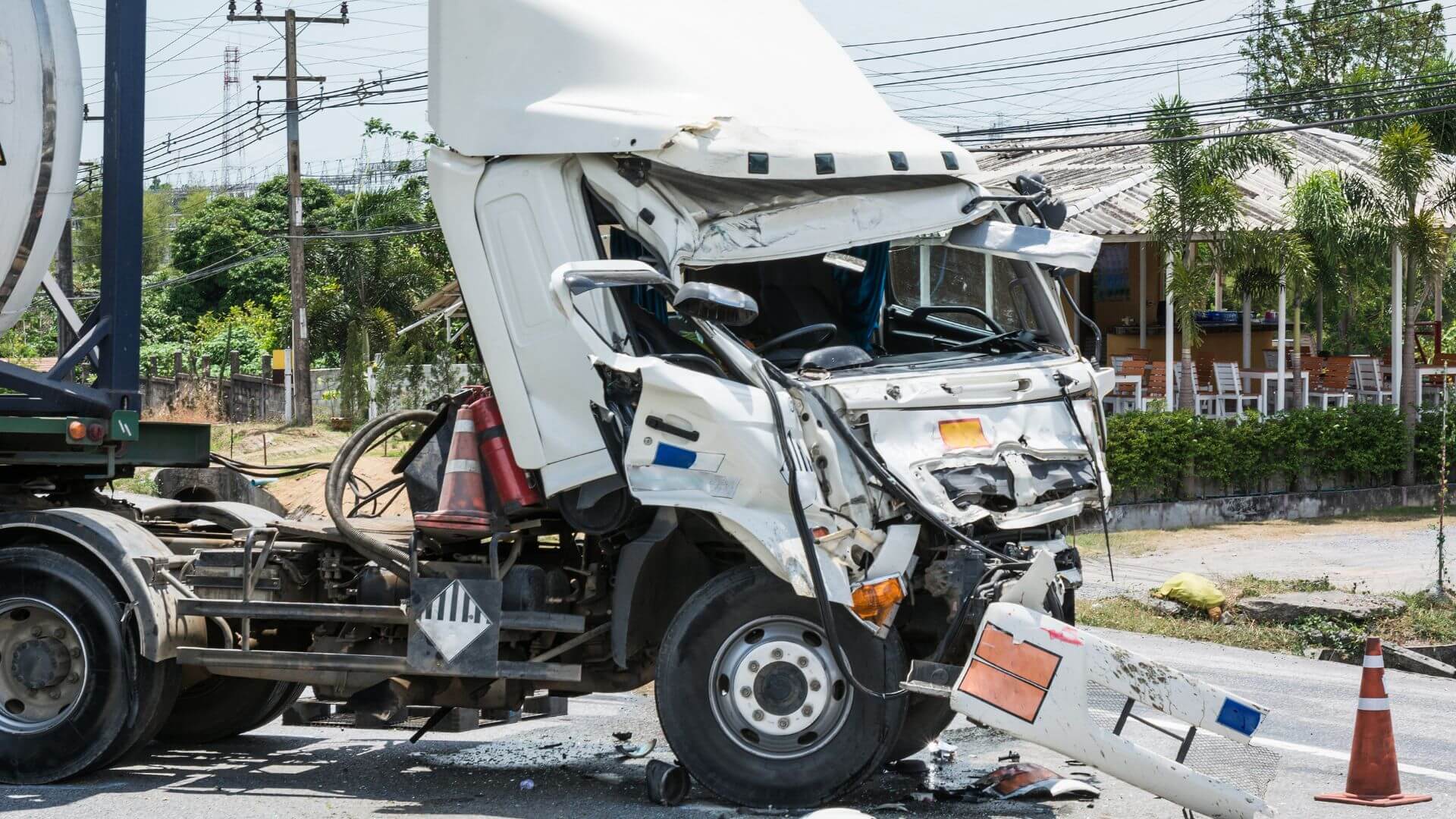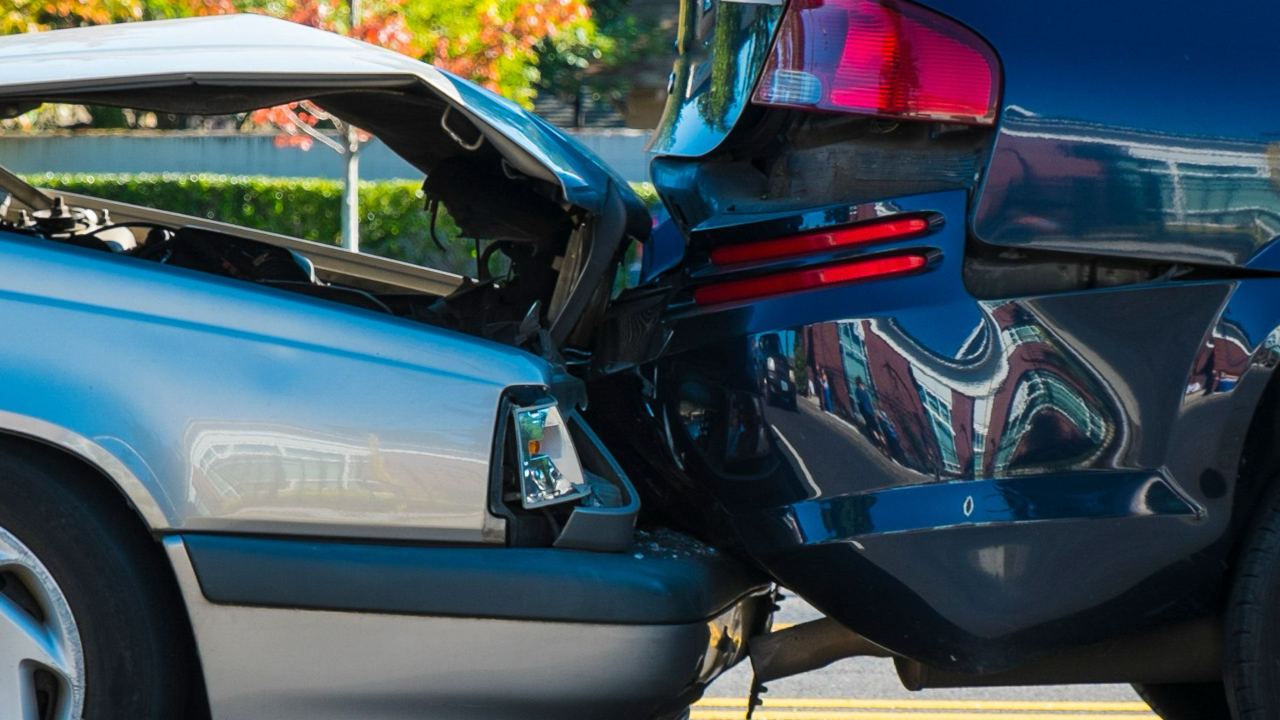A catastrophic injury is generally defined as a severe injury that results in long-term or permanent disability, significant functional impairment, or disfigurement. These injuries fundamentally alter a person's ability to work, perform daily activities, or enjoy life in the way they did before the incident.
Unlike standard personal injury cases that might involve temporary injuries with full recovery expected, catastrophic injury claims address harm that creates lasting, often lifelong consequences. These cases are distinguished by:
- The severity and permanence of the injury
- Substantially higher medical costs and ongoing care requirements
- Greater impact on earning capacity and quality of life
- More complex damage calculations that must account for lifetime needs
- Often more intensive litigation due to the high stakes involved
The legal landscape for catastrophic injury claims is particularly complex, requiring specialized expertise to properly value current and future damages. Proper legal guidance becomes crucial not just for compensation, but for securing the resources needed for appropriate medical care, rehabilitation, and life adjustments.
If you or a loved one suffered a life-altering injury, understanding your rights is the first step to securing your future.
What is a catastrophic injury?
A catastrophic injury is generally defined as a severe injury that results in long-term or permanent disability, requiring extensive medical treatment and fundamentally altering a person's ability to maintain their pre-injury quality of life. From a legal perspective, these injuries typically involve substantial damages due to their life-altering nature. Catastrophic injuries are those that permanently prevent an individual from performing any gainful work. The key characteristics that distinguish catastrophic injuries include:
- Long-term or permanent disability requiring ongoing medical care
- Substantial loss of earning capacity or complete inability to work
- Significant disruption to normal life activities and independence
- Need for extensive rehabilitation or lifelong assistance
Common examples of catastrophic injuries include:
- Traumatic brain injuries (TBI) resulting in cognitive impairment
- Spinal cord injuries leading to paralysis (paraplegia or quadriplegia)
- Severe burns covering significant portions of the body
- Traumatic amputations of limbs
- Permanent disfigurement or damage to vital organs
These injuries often result in extraordinary medical expenses, lost income, and substantial pain and suffering, justifying higher compensation in personal injury claims compared to less severe injuries.
How catastrophic injuries are handled in personal injury law
Catastrophic injuries require special consideration in personal injury law due to their severity and long-term impact. While standard personal injury cases follow typical procedures, catastrophic injuries often necessitate more complex legal approaches.
These cases typically involve:
- More comprehensive damages calculations that account for ongoing medical expenses, lost wages, and future care needs
- Consultation with legal professionals, which is particularly important when injuries result in disability or when the extent of the injury and damages are not yet fully known
- Consideration of whether the plaintiff can ever work again because of the injury or have other issues for the rest of their life
- Potentially larger compensation claims as the injury is so significant or the potential damages (medical bills or losses in the future) are very large
- Careful identification of all responsible parties, as generally a person suing will try to sue everyone responsible for an injury
- Thorough documentation of all damages, including both tangible costs and emotional distress which is recognized by the law as requiring compensation
Emotional and financial impact on victims and families
When catastrophic injuries occur, they create profound ripple effects that extend beyond the victim to impact the entire family unit. These injuries impose severe emotional and financial burdens that can destabilize family systems. Personal injury settlements become critical in addressing these multifaceted challenges. The emotional and financial impacts of catastrophic injuries typically include:
- Overwhelming medical expenses that can exceed $1 million for conditions like traumatic brain injuries
- Loss of income when family members must reduce work hours or quit jobs entirely to provide care
- Emotional strain that affects the psychological wellbeing of both victims and caregivers
- Need for home modifications to accommodate mobility limitations or special needs
- Long-term rehabilitation costs including physical therapy, occupational therapy, and specialized equipment
- Ongoing financial uncertainty as families face years of medical treatment and daily life adjustments
- Reduced quality of life that affects the entire family system, not just the injured individual

Common causes of catastrophic injuries
Catastrophic injuries arise from various high-impact scenarios that result in life-altering consequences for victims. These severe injuries often lead to permanent disability, significant medical expenses, and profound lifestyle changes. The most frequent causes of catastrophic injuries involve situations where powerful forces act upon the human body beyond its capacity to withstand damage. Understanding these common causes is essential for both prevention efforts and legal considerations when seeking compensation for damages.
- Motor vehicle accidents represent a leading cause, particularly collisions involving commercial trucks, motorcycles, or pedestrians due to the extreme force disparities between vehicles.
- Workplace incidents in hazardous environments such as construction sites and industrial facilities where falls from heights, equipment malfunctions, or exposure to dangerous materials occur.
- Sports-related trauma, especially in contact sports like football, which accounts for the majority of athletic catastrophic injuries through mechanisms like helmet-to-helmet contact.
- Medical malpractice during surgical procedures, medication administration, or birth processes that results in permanent harm
- Falls from significant heights or on hazardous surfaces that lead to spinal cord damage or traumatic brain injuries
- Violent encounters including assaults, shootings, and other criminal activities that cause severe physical trauma
- Defective products that malfunction during normal use, resulting in serious injuries to consumers
These circumstances frequently result in traumatic brain injuries, spinal cord damage, severe burns, amputations, or multiple fractures that fundamentally alter victims' capacity for independent living and require extensive, ongoing medical intervention.
Why you need a catastrophic injury lawyer
Catastrophic injuries create overwhelming legal challenges that require specialized expertise to navigate effectively. When facing life-altering injuries, securing proper representation becomes critical to ensuring adequate compensation for both immediate and long-term needs.
A catastrophic injury lawyer provides essential advocacy throughout the complex legal process, beginning with a comprehensive case assessment to determine liability and identify all potential compensation sources. These specialized attorneys serve as powerful negotiators against insurance companies that typically attempt to minimize payouts, while simultaneously preparing to represent clients in court should fair settlements prove unattainable.
Most importantly, catastrophic injury lawyers work with medical and financial experts to calculate the full spectrum of damages, including future medical needs and lost earnings. This prevents victims from accepting inadequate settlements that fail to cover the true lifetime costs of their injuries, protecting their financial security when they are most vulnerable.
Key Q&A to consider
Was the injury caused by someone else’s negligence?
For an injury to be compensable in a catastrophic injury case, establishing causation between the defendant's negligence and the plaintiff's injury is essential. The legal standard used is the "but for" test—would the injury have occurred but for the defendant's negligent action?
Key principles regarding causation include:
- A defendant is only liable for injuries caused by their negligent act.
- In most personal injury cases, establishing this causal connection is straightforward, but complexities arise with pre-existing conditions.
- Under the "thin skull" rule, if a plaintiff has a pre-existing vulnerability making their injuries more severe than expected, the defendant remains fully liable.
- In "crumbling skull" scenarios where a pre-existing condition would have deteriorated anyway, the defendant is only responsible for acceleration or exacerbation.
- For chronic pain or psychological injuries, the court must determine whether the defendant's actions truly caused the condition or if other factors (secondary gain, pre-existing psychological issues) are responsible.
Has the injury resulted in permanent disability or long-term care needs?
Catastrophic injuries are characterized by:
- Permanent disability, defined as "any lasting disability from your injury that affects your ability to earn a living"
- Impairments that persist even after maximum medical improvement
- Professional medical assessment determining an "impairment level" expressed as a percentage
- The severity typically warrants ongoing medical treatment, often included in settlements as "future medical treatment"
- Assessment factors include the injured person's age and occupation in determining overall impact
- The law recognizes that catastrophic physical injuries may have accompanying psychological impacts requiring additional care
Permanent disability benefits are limited and may not cover all income losses or non-work-related losses, suggesting that catastrophic injuries with permanent disability often create financial and care needs that extend beyond available benefits.
Are you struggling with medical bills, lost income, or insurance issues?
Catastrophic injuries create severe financial hardships through massive medical expenses for ongoing care and treatments, substantial income loss from inability to work, and additional costs for caregivers, home modifications, and specialized equipment.
These financial pressures typically exceed insurance coverage, rapidly depleting savings as medical bills accumulate while income decreases. Specialized legal representation can help negotiate with insurers, identify all compensation sources, and ensure settlements address both current and future financial needs resulting from the injury.

How Personal Injury Cases Protect the Community
When most people think of personal injury cases, they picture an individual seeking compensation for medical bills, lost wages, or pain and suffering. read more

What Happens If You're Partially At Fault in an Accident
After an accident, one of the first worries people often have is: “What if I was partly to blame? Does that mean I can’t recover anything?” read more

Think Before You Post: How Social Media Can Hurt Your Accident Claim
Sharing accident updates on social media may feel harmless—but insurance companies and defense attorneys can use your posts against you. Learn why posting after an accident is risky and how to protect your personal injury claim. read more

Why Shiganian Law is the Top Personal Injury Firm in Sherman Oaks and Encino
Shiganian Law delivers expert personal injury representation with a proven track record. Led by Isabel Shiganian, we offer personalized service, direct communication, and results-driven advocacy. No fee unless we win. read more

Hidden Injuries That Can Arise After a Car Accident — and What to Do Next
Learn about hidden injuries that can arise after a car accident. Comprehensive guide covering injury types, injury settlements, and steps to take after an accident. read more

How Dashcam Footage Can Completely Change Your Car Accident Claim
Discover how dashcam footage can transform car accident claims by providing clear evidence, resolving disputes, preventing fraud, and expediting insurance settlements. read more

Bitten But Blamed? How Insurance Companies Shift Fault in Dog Bite Claims
Discover how insurance companies shift blame in dog bite claims, the legal protections for victims in California, and steps to defend against unfair accusations. read more

The Biggest Mistakes People Make After an Accident Causing Personal Injury
Discover the critical mistakes people make after injuries that can damage their compensation claims and learn how to avoid these costly errors. read more

Financial Struggles After Accidents: Recovery & Legal Options
Explore the financial impact of injuries, from medical debt to lost wages. Learn legal options, coping strategies, and support for recovery stability. read more

Emotional Trauma After an Accident: Understanding Your Rights and Recovery
Discover how emotional trauma after accidents affects mental health and daily life. Learn about your legal rights and the recovery journey to healing and compensation. read more

Motorcycle Accidents: Types of Injuries, Settlements, and Your Rights
Learn about motorcycle accident causes, safety tips, and legal rights. Comprehensive guide covering injury types, injury settlements, and steps to take after an accident. read more

Product Liability in California: Protecting Consumer Rights
Learn about California product liability law, including types of defects, liable parties, and compensation available for injuries caused by defective products. read more

What Does a California Truck Accident Lawyer Do?
Learn how an experienced California truck accident lawyer can help maximize your compensation through expert investigation, evidence preservation, and strategic negotiation. read more

What is Premises Liability Law: Responsibility, Examples, and Common Types
Imagine walking through a quiet shopping center, enjoying a peaceful afternoon, when suddenly a wild Canadian goose darts out, knocking you over and fracturing your hip. It may sound far-fetched... read more

What to Do if You’ve Been in a California Car Accident?
If you’ve been in a car accident, you might be overwhelmed with the experience and what to do next. Your priority is your safety and health, and if you have been injured, getting the support you need to recover. read more

How long does it take to settle a pedestrian accident in California
When estimating the duration of a pedestrian accident settlement, it's important to consider all the factors that can influence the process. read more

California Prop 213 and Its Impact on Car Accidents
Proposition 213 was created in 1996, as a way to encourage motorists to get and maintain insurance. read more

How Much to Expect from a Car Accident Settlement in California
Car accidents are unfortunate events that can result in significant physical injuries and extensive medical treatment. read more

What to Do After a Slip-and-Fall Accident
This guide, while not a substitute for legal or medical advice, can help you figure out what to do in the short- and long-term after you’ve had an accident. read more